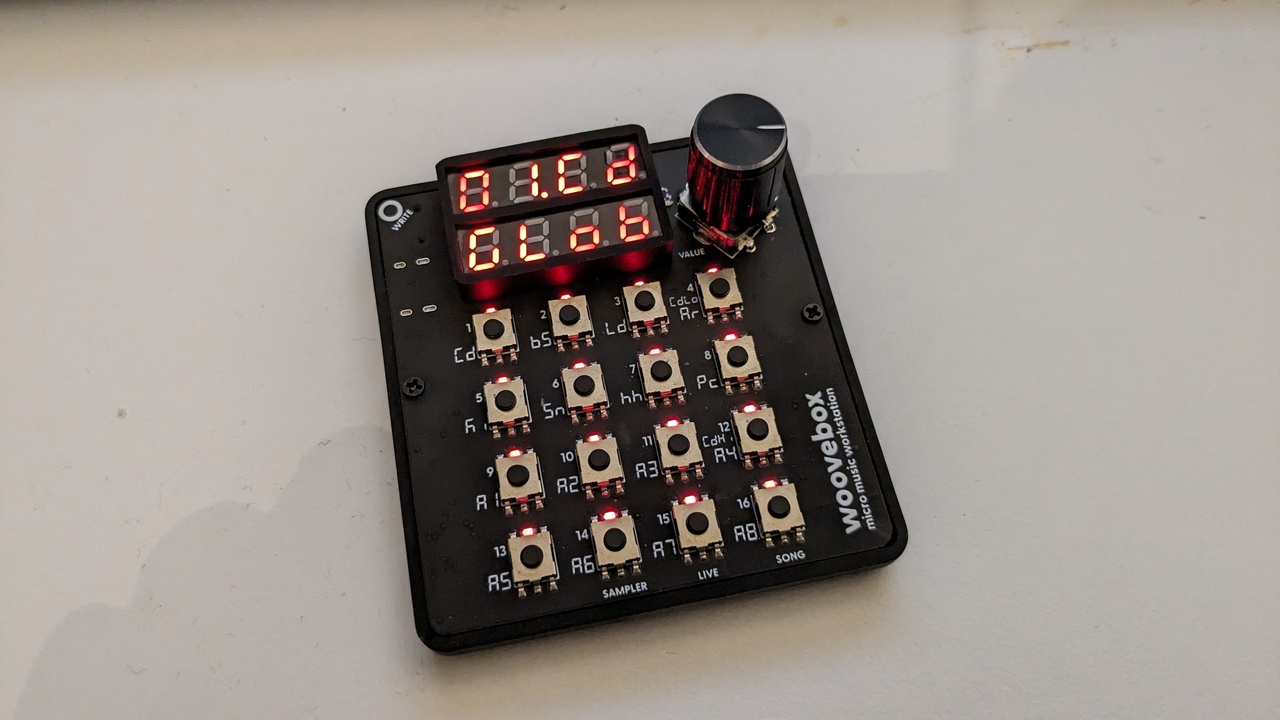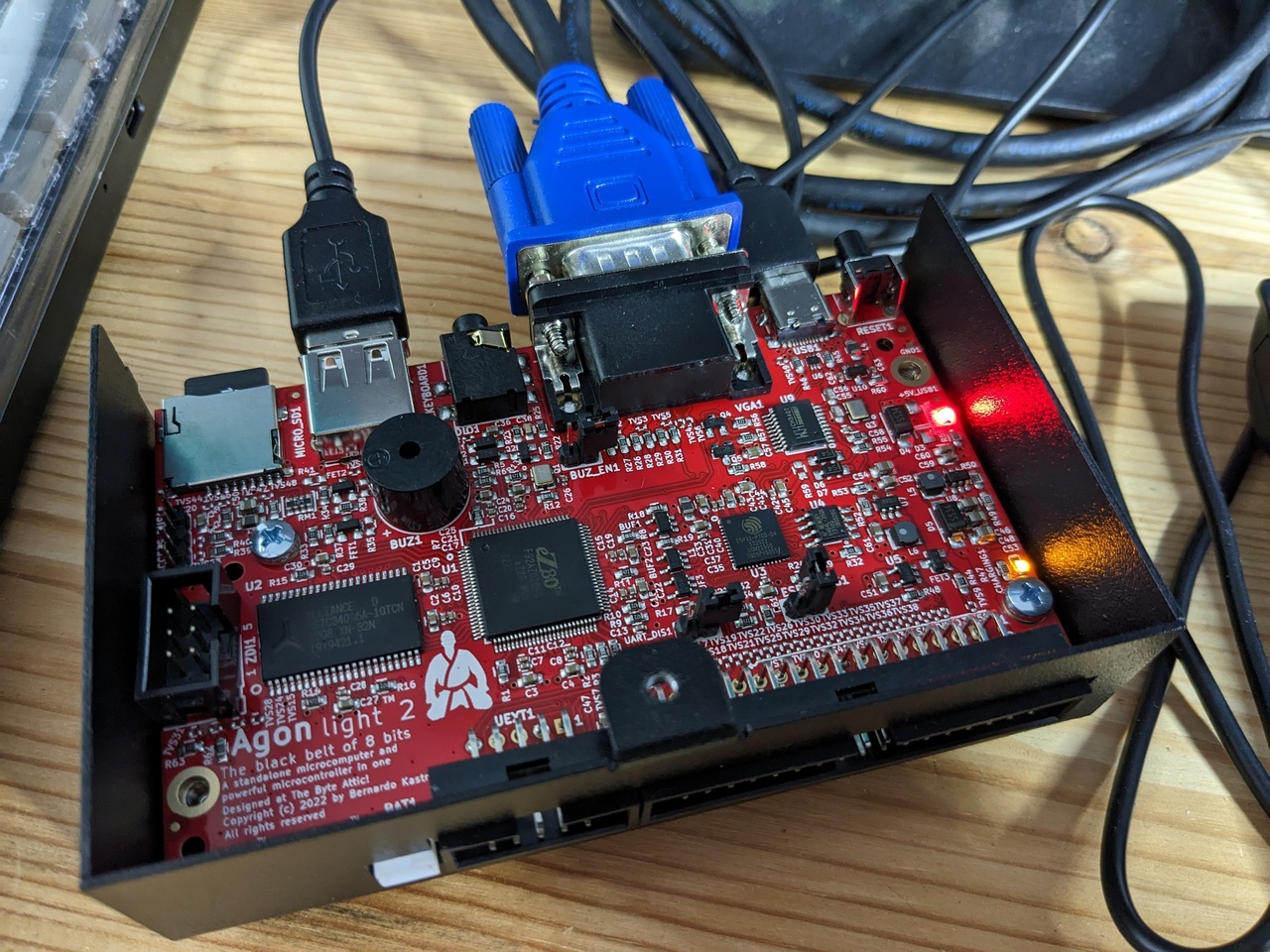Early german hip hop and an epic rabbit hole
Not exactly sure how but I stumbled across this wonderful article in the german ZEIT (unfortunately behind a paywall), detailing the first few years of German hip hop in the late 80's and early 90's. It's fun to read about that time, because I lived through it. I wasn't a die hard hip hop fan when it all started (If I had to point to one year it would probably be 1987), but I did listen to a lot of the late 80's US rap (Public Enemy, ICE-T, Run DMC come to mind). Around the turn of the decade, I learned about Black Traxx, a radio show by DJ Marius No.1 (Ah, the names back then), who was one of the more important DJ figures in early German hip hop.
There, I first heard a couple of seminal German hip hop tracks, including the “80.000.000 Hooligans” remake the article talks about (A remake of a punk song by “Die goldenen Zitronen”) by Easy Business and Advanced Chemistry's “Fremd im eigenen Land”.
Now here things get interesting, as this is roughly the time when German hip hop actually starts to use German as its main language. Even Easy Business did most of their tracks in English.
One up and coming German hip hop group, later calling themselves just “Beginner”, but starting out as “Absolute Beginner” got out their first EP called “Gotting”, a very political roundhouse kick against the rise of fascism in newly unified Germany (“Großdeutsche Haarrasur”, “great-German head shave”), environmental destruction (“Planet 2000”), a not-so-well-aged call for freedom (“Freiheit befreien”, “Free Freedom”) and a plea to rap in german and stop emulating American Hip Hop (“Dies ist nicht Amerika”, “This is not America”, of course a nod to the 1985 Bowie song of similar name).
Interesting to note is that early German hip hop was as much (or even more) influenced by the early UK scene (Called “Britcore”) as by the American rap at the time. One reason could be that at that time, the BFBS (British Forces Broadcast Service) was still a very popular source for new music, a radio station that was established in (I believe) Hamburg after the war, as northern Germany was under control of the British forces. But it also just may be that it was easier to get to the british underground music, maybe?
If you listen to “Gotting” that influence can be clearly heard, with the “Großdeutsche Haarrasur” being the clearest. If I'd had to describe the sound of Britcore, I would probably say “Prime Time Public Enemy on Speed”, with tempos well north of 100 BPM being the norm while US hip hop at that time already started to slow down with the advent of boom bap. (To be fair, Public Enemy themselves had a couple of really fast tracks, with “Bring the Noise”, “Welcome to the Terrordome” and “War at 33 1/3” coming to mind). Something like Gunshot's “Crime Story” should give you an idea of the Britcore sound.
Now, to make this an actual rabbit hole and not just Grampa's stories from his youth, when I researched Britcore, a name popped up that sounded familiar, “Criminal Minds”. They started out around 1990 with “Guilty as Charged” as a proper hip hop combo but then became part of the rising breakbeat hadcore/rave scene with their “Re-Baptised by Dub” track being one of the classics of the genre (and “Joyrider” being one of my all time favourites) which is how I got to know them, only to later swing back to hip hop and still making somewhat genre defying music to this day (With sadly one of their band members DJ Spatts passing away in 2023).
The other name that popped up there was Demon Boyz and I also definitely recognized that name but it took a while for me to figure out from where. There's a tune called “Junglist” from 1992 (produced by the super underrated jungle pioneer Rebel MC) that crept on a few compilations. What always blows my mind is how quickly the UK moved through musical styles in the early 90's and how so many groundbreaking tunes were published in 1992 alone. I found Rebel MC's “Word Sound Power” in a public library (and dubbed it onto tape quickly) back then and it is still one of my all time favourite albums of “jungle” music, with so much more depth than most tracks of the time. At the same time, The Prodigy releases “Experience” also in 1992, with clear emphasis on the rave side of things. In my mind Hardcore Rave and Jungle always had a clear lineage but at least after 1992 they more or less evolved in parallel. Other tracks released in 1992? LTJ Bukem's “Demons Theme”. Goldie's “Terminator”. Oh, and, you know, that widely unknown album “The Chronic” by a certain Dr. Dre. But by that time, my head was deeply stuck in UK dance music and it stayed there, mostly uninterrupted for all of the 90's, with me trying to find by footing in music programs (mostly Protracker on the AMIGA, later OctaMed to do MIDI as well). I more or less followed The Prodigy's trajectory through rave and big beat and in parallel developed a love for Drum and Bass while also listening to more and more dub techno, mainly influenced by the much underrated Thinner netlabel that grew out of the demo scene where I was a little bit active during that time.
And then, in 1999 a french group called Saïan Supa Crew released their debut album “KLR” and things changed again, but that's a story for another time.

